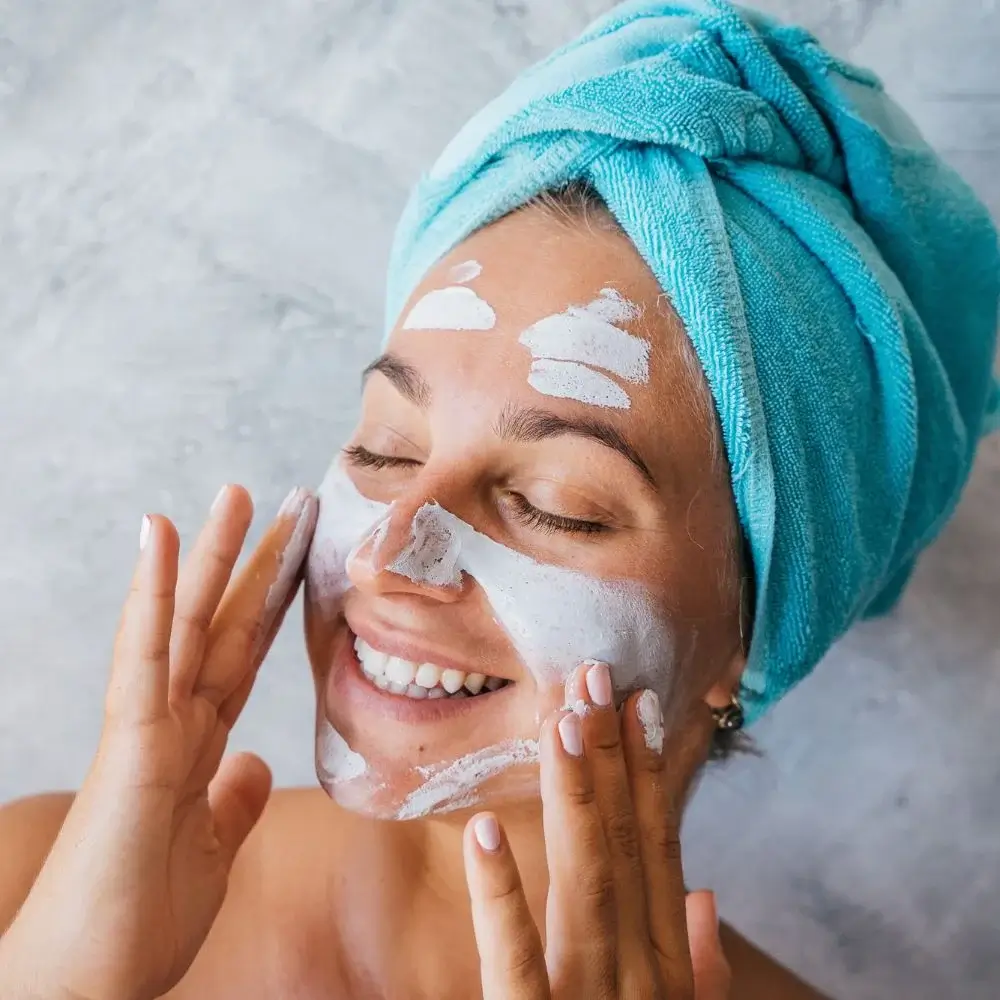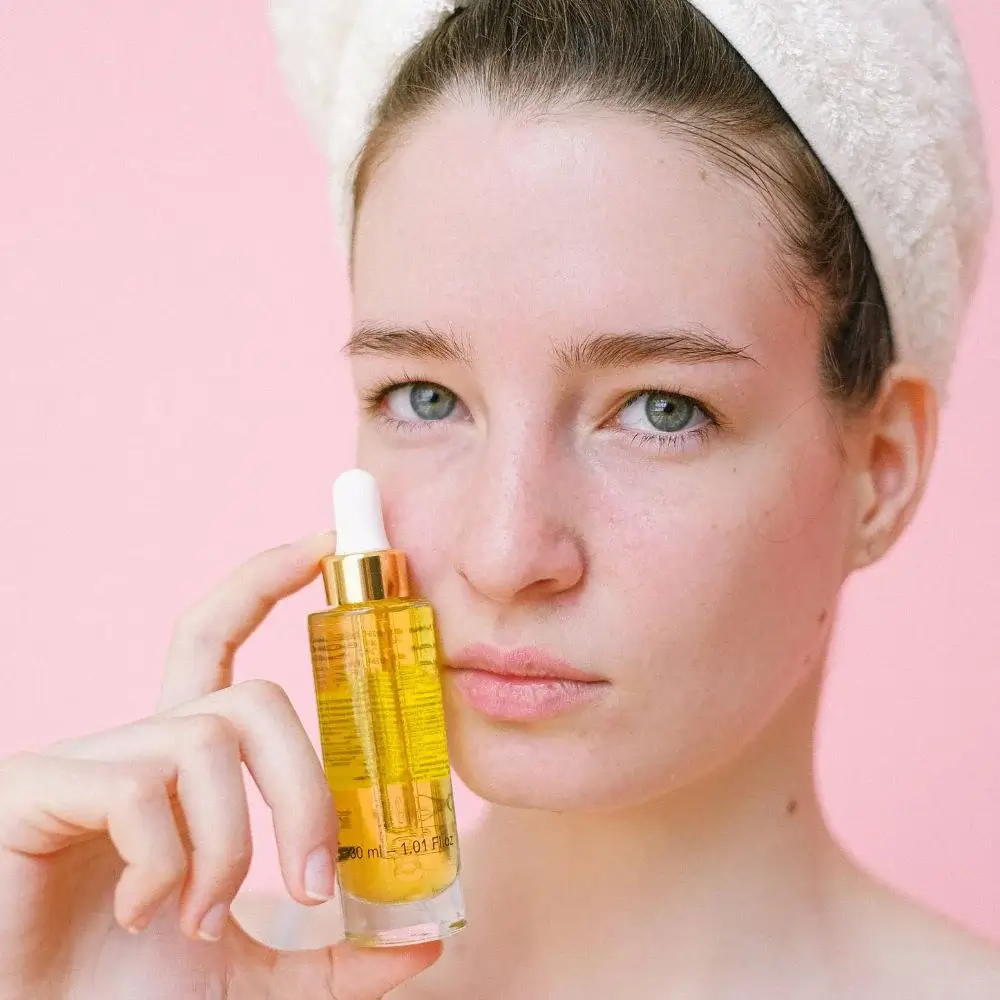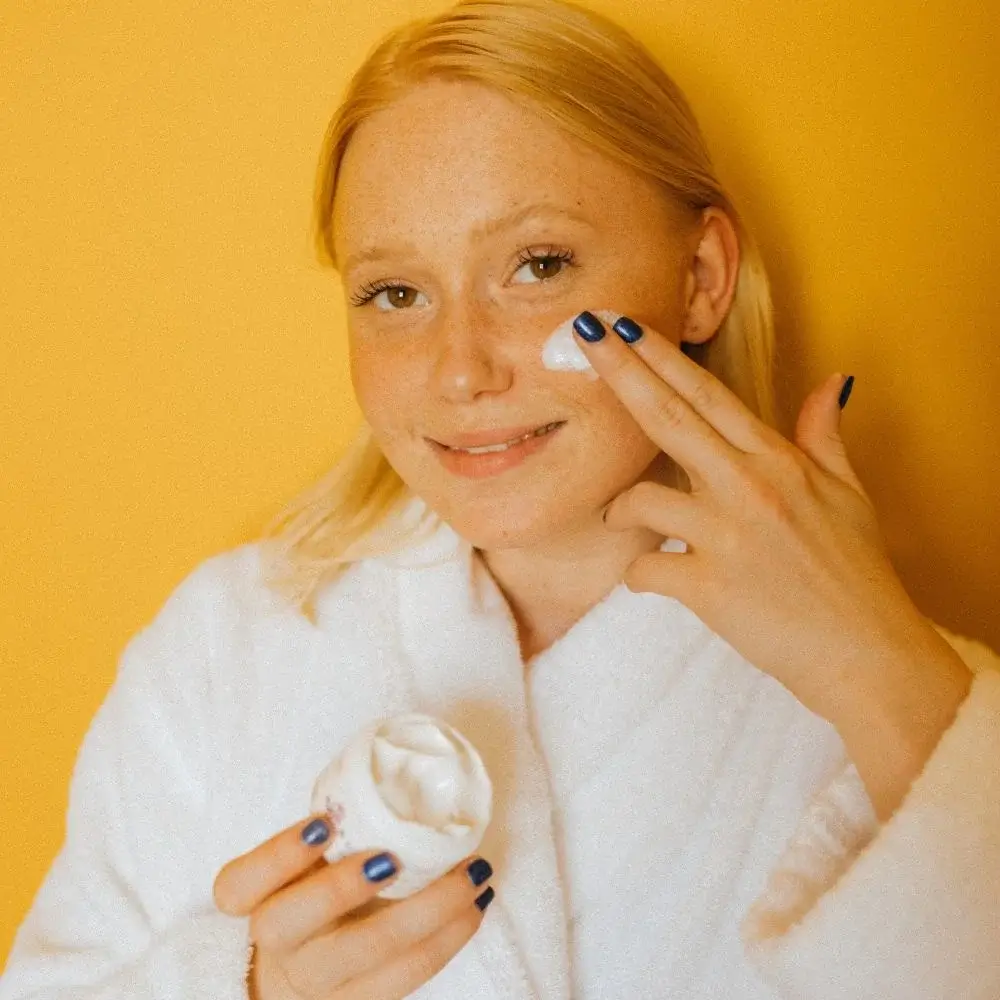Getting a chemical peel treatment is an excellent way to rejuvenate your skin and achieve a youthful, glowing complexion. However, it comes with its own set of aftercare instructions for best results. One of the most important things to remember after a chemical peel is to moisturize properly. Good moisturization is critical to the healing process and prevents complications such as scarring and pigmentation. In this blog post, we'll cover everything you need to know about moisturizing after a chemical peel.
Follow your aesthetician's recommendations
The texture and depth of your chemical peel determine the frequency and duration of moisturization. Your aesthetician will provide you with specific aftercare instructions, depending on the type of chemical peel you receive. Some may require more moisturization than others. Generally, start using a rich, nourishing moisturizer immediately after the peel and repeat every two to three hours for the first 24 hours.
Choose the right moisturizer
Not all moisturizers are created equal. After a chemical peel, your skin is sensitive and prone to dryness, so you need to choose a moisturizer that is rich, hydrating, and free of irritants such as fragrance, alcohol, and retinoids. Aloe vera, hyaluronic acid, and chamomile extracts are excellent ingredients to look for in a post-peel moisturizer.
Moisturize throughout the day
Moisturizing is not a one-time affair after a chemical peel. You need to apply moisturizer frequently throughout the day to keep your skin hydrated and prevent dryness, flakiness, and itchiness. Carry a travel-sized moisturizer in your purse or pocket and consider reapplying it every time you wash your face or hands.
Avoid over-moisturizing
While it is essential to moisturize after a chemical peel, you don't want to go overboard. Over-moisturizing can clog your pores, trap dirt and bacteria, and hinder the healing process. You can use a light moisturizer during the day and a more potent one at night, and avoid using thick, occlusive creams that suffocate your skin.
Be patient
After a chemical peel, your skin needs time to regenerate and heal. Moisturization is one of the best ways to speed up the recovery process, but you also need to be patient and gentle with your skin. Don't pick or scratch the peeling or flaking skin, avoid sun exposure, and stay hydrated by drinking plenty of water. With time, your skin will emerge renewed, refreshed, and radiant.
Moisturization is the key to successful aftercare after a chemical peel. It helps hydrate your skin, speed up the healing process, and prevent dryness and irritation. Always follow your aesthetician's recommendations, choose the right moisturizer, apply it frequently, avoid over-moisturizing, and be patient with the healing process. With these tips in mind, you can achieve beautiful, healthy, and youthful-looking skin after a chemical peel.
As beauty lovers, we all know that finding the right products to take care of your skin is crucial. We understand how frustrating it can be to go through a chemical peel and not know what moisturizer to use afterward. That's why we turned to the experts - beauty editors - to find the best moisturizer after a chemical peel. We have done all the research for you so that you can save time and focus on nourishing your skin. Click the link to discover your next favorite best moisturizer after a chemical peel and keep your skin looking radiant and hydrated!
What ingredients should I avoid in a moisturizer after a chemical peel?
To ensure optimal post-chemical peel care, it is essential to steer clear of certain ingredients in your moisturizer. It is advisable to avoid harsh chemicals like fragrances, alcohol, and exfoliating agents such as retinol or alpha-hydroxy acids. These ingredients can potentially exacerbate irritation and sensitivity in the delicate post-peel skin. Instead, prioritize moisturizers formulated with gentle and soothing ingredients such as aloe vera, hyaluronic acid, or ceramides. These ingredients aid in replenishing moisture levels and supporting the healing process without compromising the peel's effectiveness or causing further skin issues.

What are some common misconceptions about moisturizing after a chemical peel?
Dispelling common misconceptions about post-chemical peel moisturization is crucial for proper skincare. One prevalent misconception is that moisturizing hampers the peeling process. In reality, moisturizers facilitate healing and prevent excessive dryness. Another myth is that heavy moisturizers are superior. However, lightweight moisturizers can effectively hydrate the skin without congesting pores. Lastly, some may mistakenly believe immediate moisturization after the peel is unnecessary. On the contrary, applying a moisturizer right after the peel can soothe and safeguard the skin during its vulnerable state.

What are the potential risks of not moisturizing properly after a chemical peel?
Neglecting proper moisturization after a chemical peel can give rise to various risks and complications. Insufficient moisture may cause excessive dryness and flaking, leading to discomfort and potentially leaving scars. Furthermore, inadequate hydration compromises the skin's natural barrier function, rendering it more susceptible to external irritants and infections. Omitting moisturizer can prolong the healing process and delay the desired outcomes of the chemical peel. Therefore, adhering to the recommended post-peel skincare regimen, including adequate moisturization, is vital to mitigate these risks effectively.

How can I determine if a moisturizer suits my skin type after a chemical peel?
Selecting an appropriate moisturizer for your skin type after a chemical peel necessitates careful evaluation. Start by assessing your skin type—whether dry, oily, or combination—to identify the suitable formulation. Opt for moisturizers labeled as non-comedogenic to prevent pore blockage. Also, choose products specifically formulated for post-peel care, as they are gentle and soothing. Conduct a patch review on a small area of your skin to assess compatibility and monitor for any adverse reactions. Consulting with a dermatologist will further aid in selecting a moisturizer tailored to your specific needs and skin condition.

How does the type of chemical peel affect the choice of moisturizer?
The type of chemical peel you undergo can influence the selection of an appropriate moisturizer. A lightweight and non-greasy moisturizer is generally sufficient for superficial peels with mild exfoliating effects. Medium to deep peels, which may cause more intense dryness and peeling, may require a heavier and more emollient moisturizer to combat these effects. Moisturizers containing occlusive ingredients like petrolatum or dimethicone can form a protective barrier and enhance moisture retention in such cases. It is crucial to consult with your dermatologist for personalized recommendations based on the specific peel you have received and your skin's needs.
Should I opt for a lighter or heavier moisturizer after a chemical peel?
Choosing between a lighter or heavier moisturizer post-chemical peel depends on your skin's requirements. Individuals with naturally oily or acne-prone skin generally benefit from lighter moisturizers to prevent excessive oiliness and pore congestion. Conversely, individuals with dry or mature skin may benefit from more affluent, more emollient moisturizers that provide intensive hydration and help restore the skin's moisture balance. However, it is essential to strike a balance and avoid overwhelming the skin with hefty products that may impede its natural healing process. Experimentation and professional guidance are valuable in determining the optimal consistency for your skin type post-peel.







